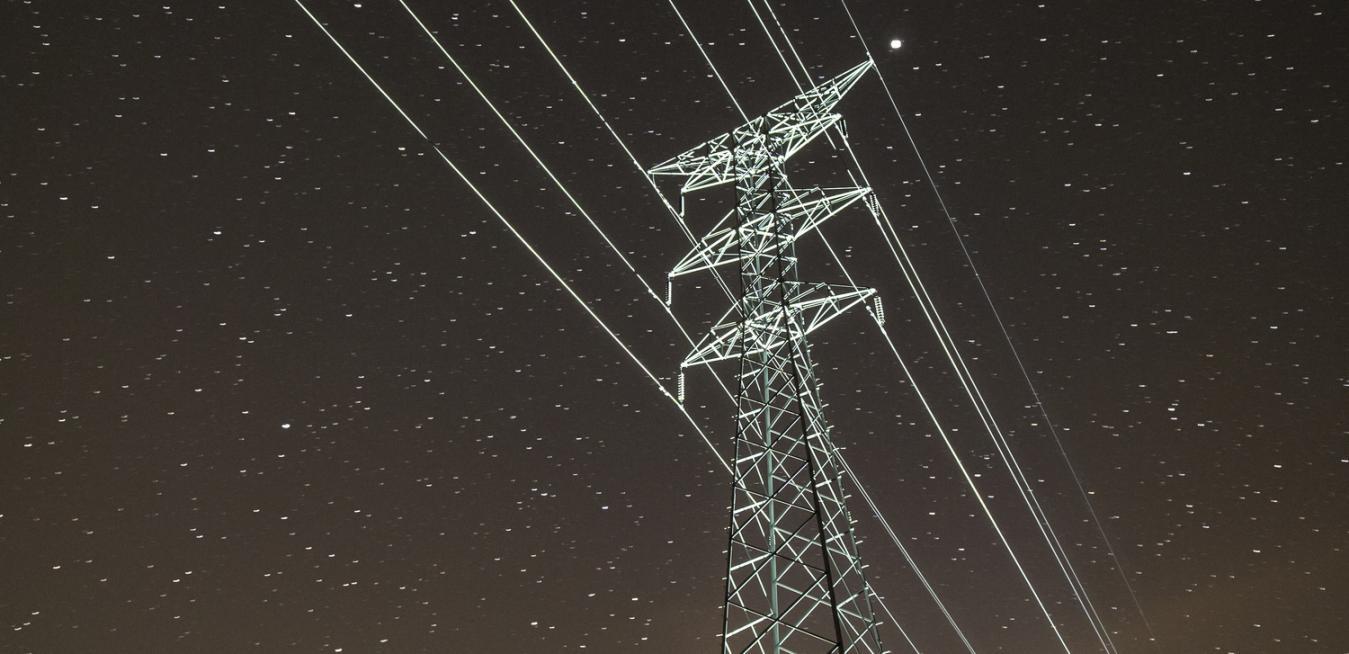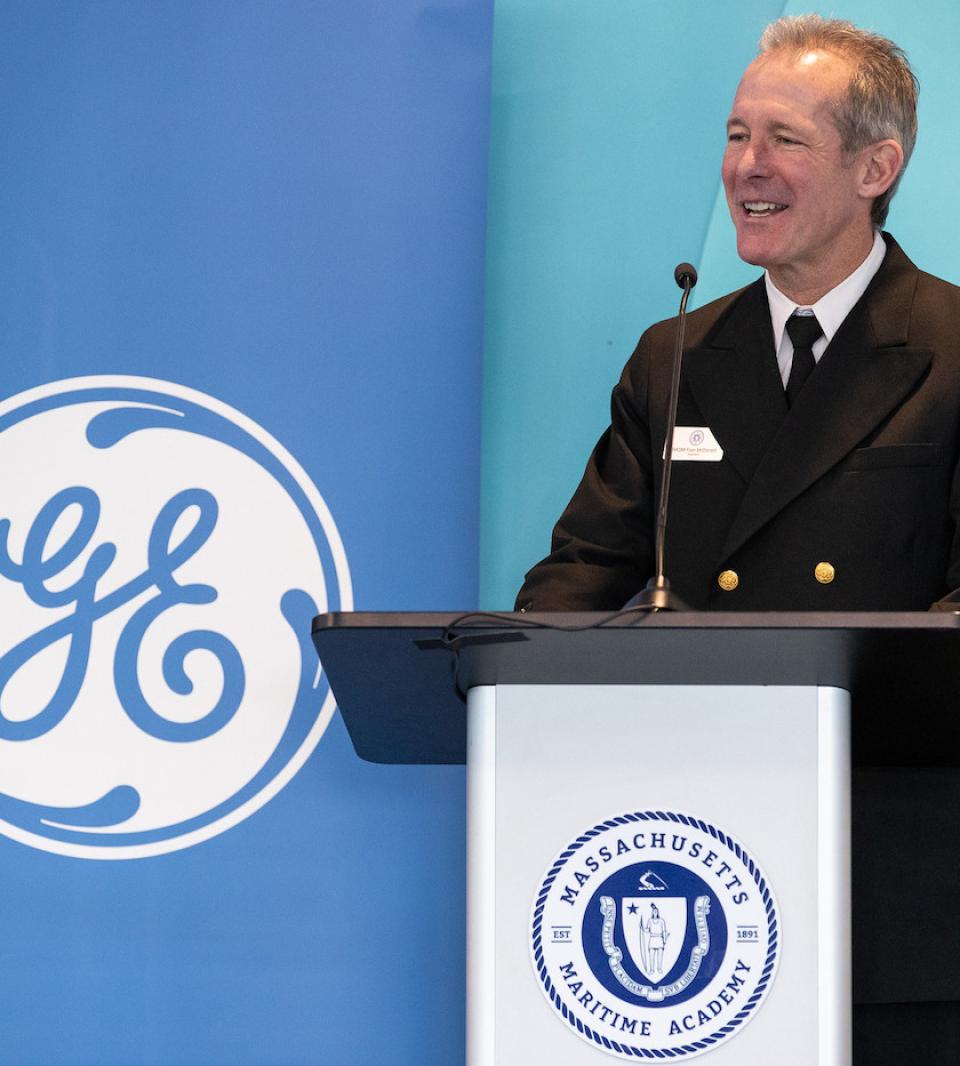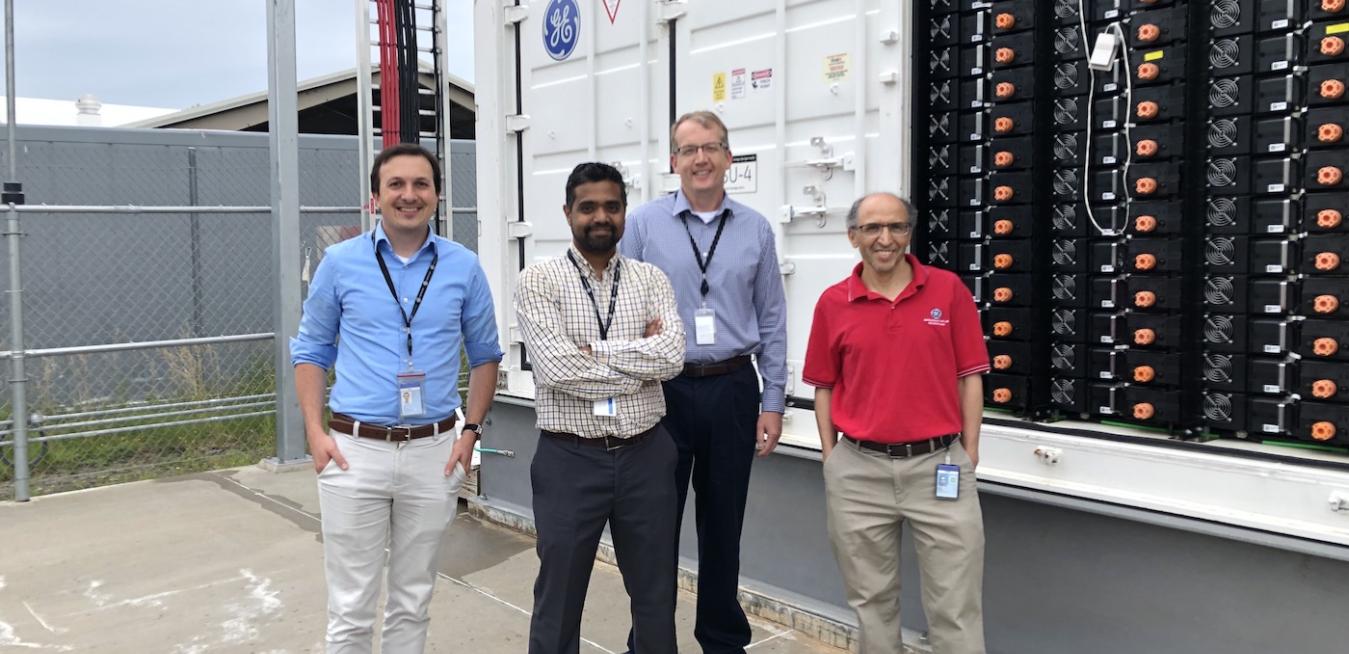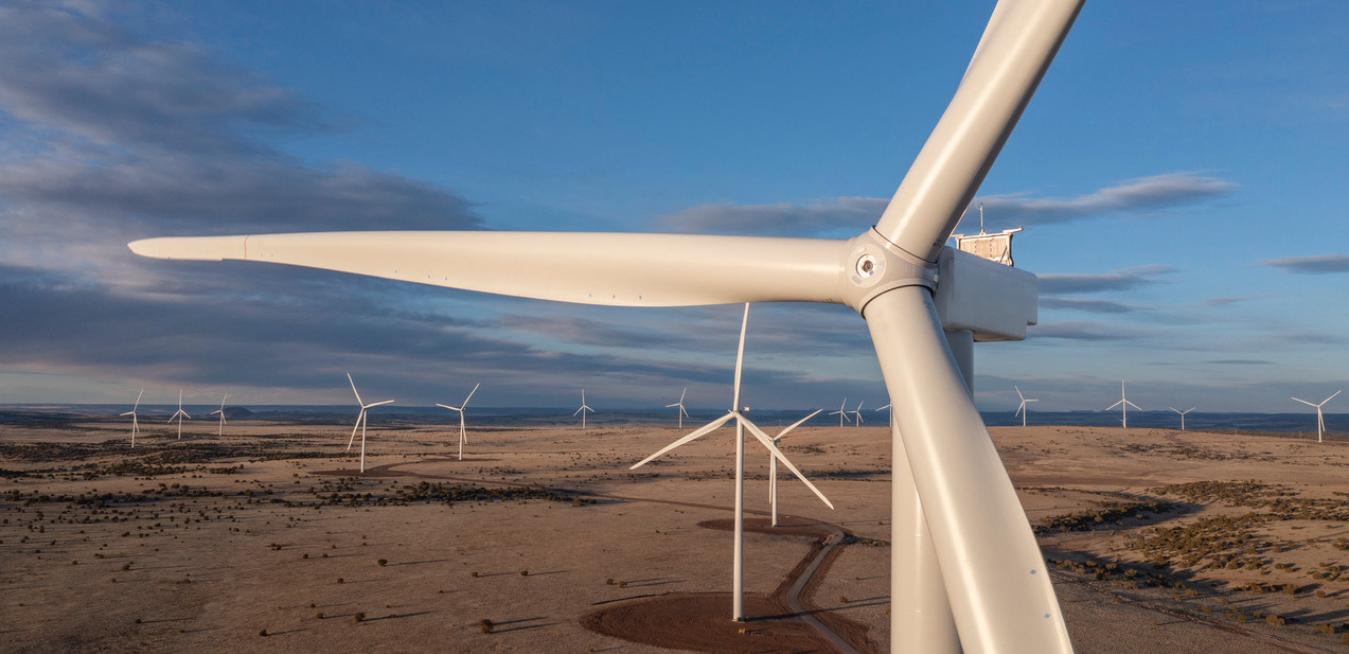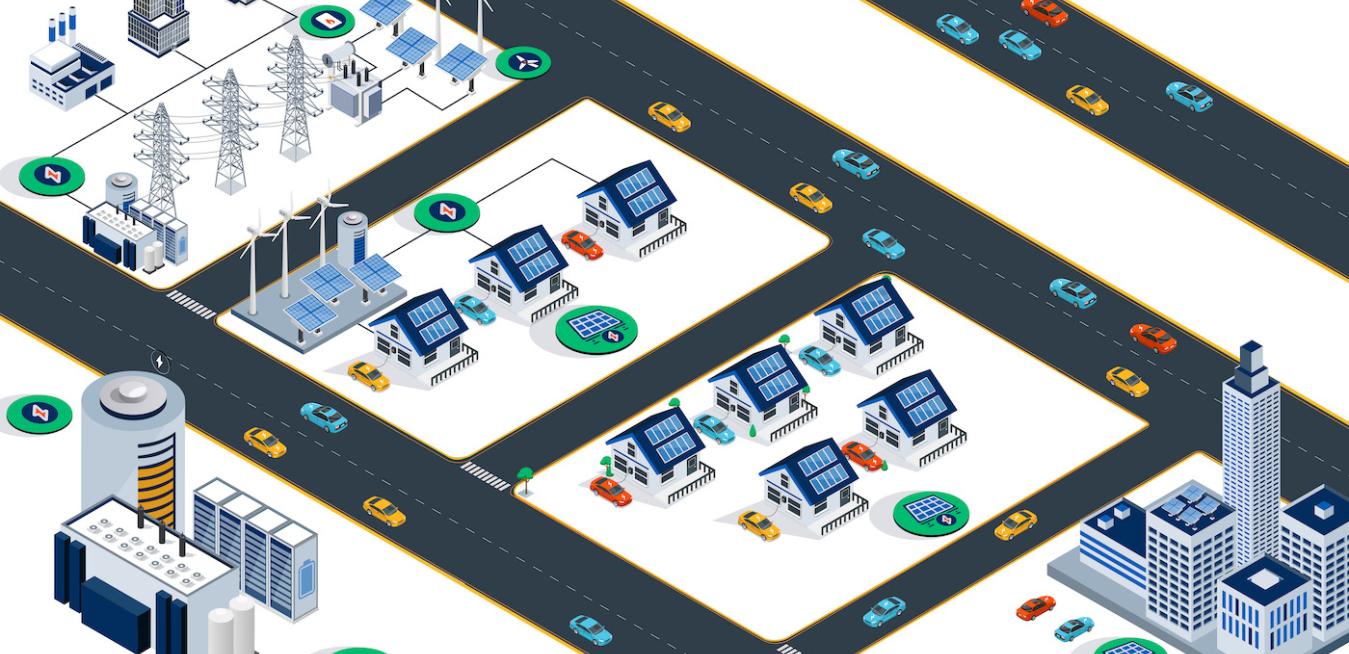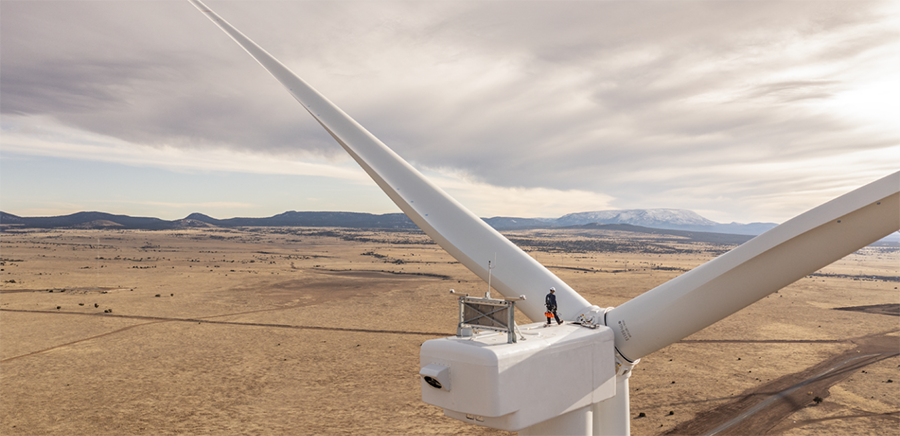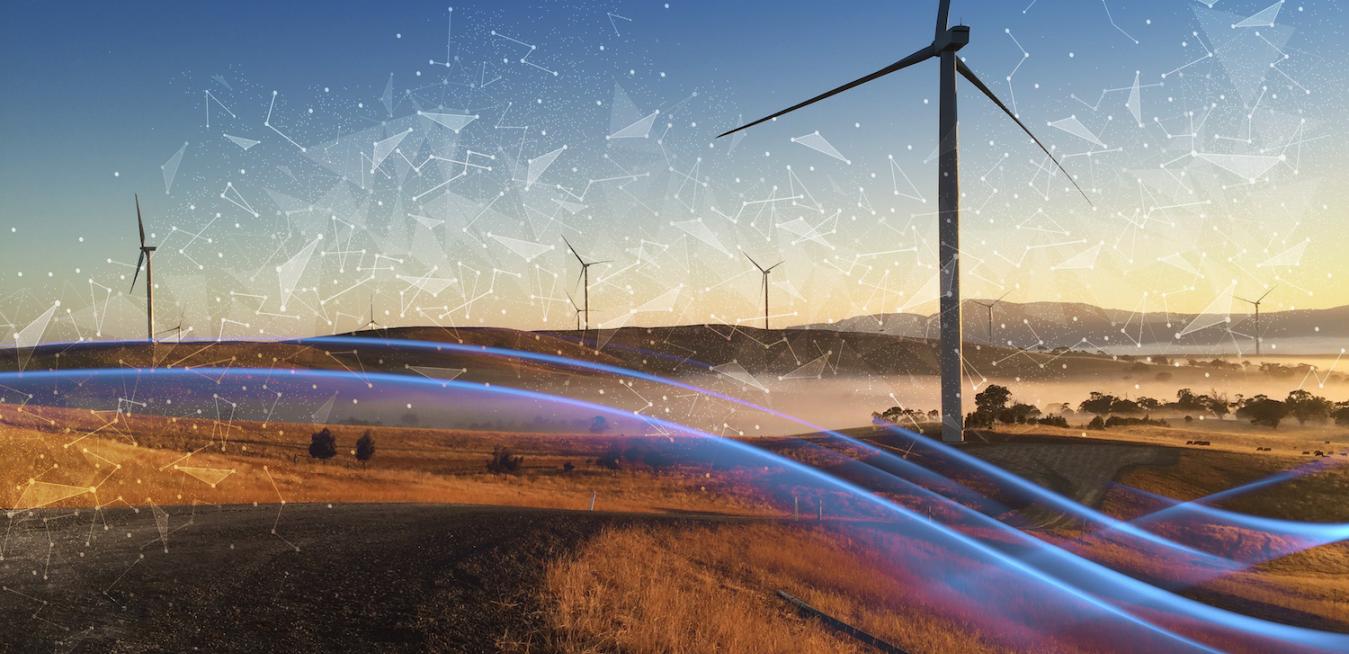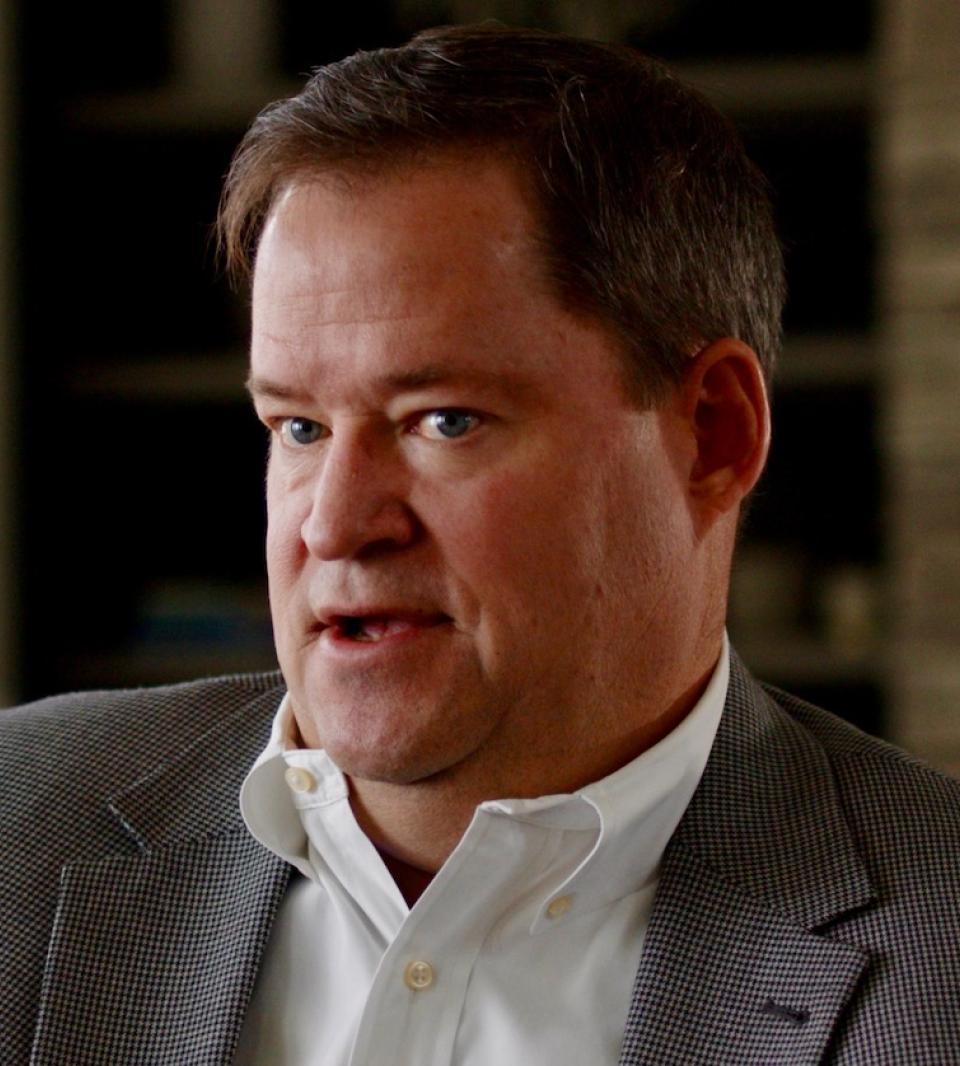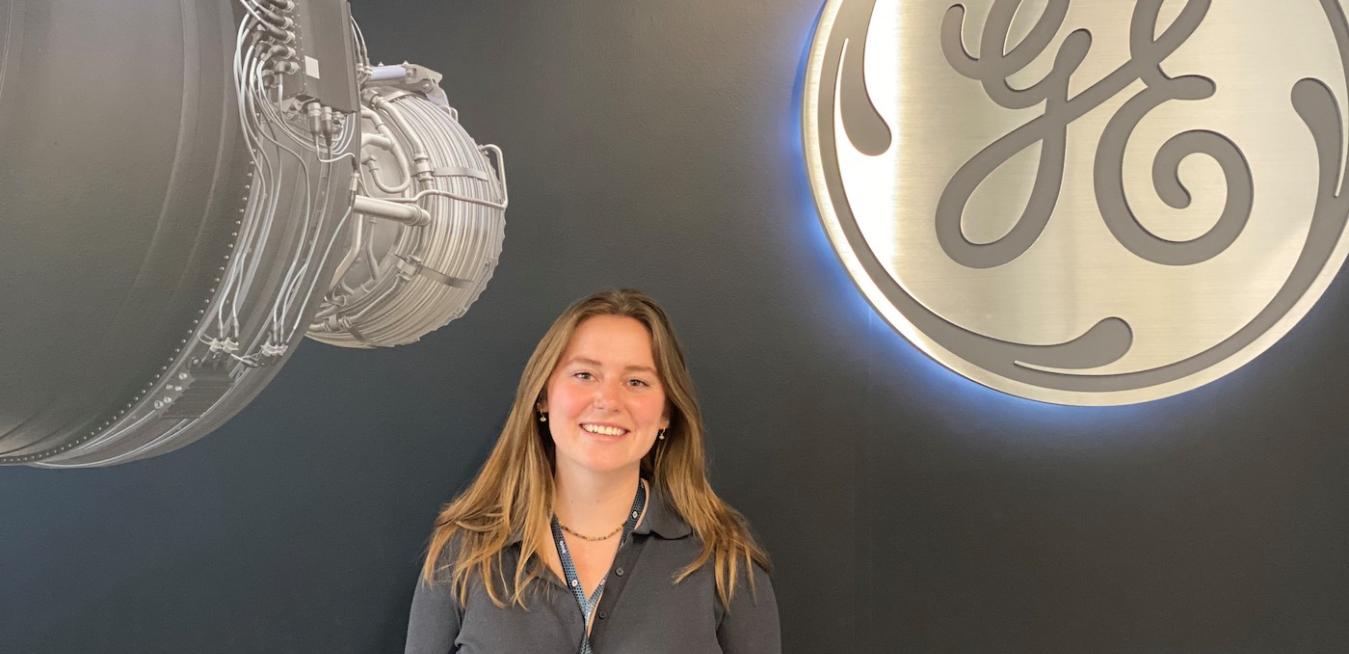- New state-of-the-art Artificial Intelligence (AI)/Machine Learning (ML) technology developed by GE scientists recognized with a prestigious Manufacturing Leadership Award (MLA) by the National Association of Manufacturers
- GE’s AI/ML tool uses a digital twin of the wind turbine logistics process to accurately predict and streamline logistics costs
- Application of AI/ML could enable a 10% reduction in logistics costs, which would represent a global cost savings to the wind industry of up to $2.6 billion annually by 2030 based on current industry growth projections
For media inquiries, please contact:
Todd Alhart
Director, Innovation Communications
GE Aerospace
+1 518 338 5880
[email protected]
business unit
tags
In 2023, the United Arab Emirates is taking center stage in the global efforts to address climate change and sustainability. This past week, leaders gathered for Abu Dhabi Sustainability Week, kicking off a year of events leading up to the UAE-hosted COP28 at the end of the year. This momentum, following on the heels of the successful COP27 in Egypt — the “implementation COP” — will help continue driving positive action in emerging markets and globally for the decade to come.
When GE moved its headquarters to Boston in 2016, it made a commitment to the state’s leaders and citizens. In a show of allegiance to its new community, the company pledged to donate, over several years, a total of $50 million in support of local schools, job training programs, and healthcare initiatives. That promise was fulfilled with flying colors this past November, when the GE Foundation announced a $1.5 million grant to the Massachusetts Maritime Academy (MMA) to launch the new GE Fellows Program.
The weather playing havoc with summer travel schedules is something we have been getting used to for a while. It has also been affecting the way we live and challenging notions we have taken for granted — like the reliable supply of electricity. Now, suppose businesses and neighborhoods had their own small power plants that would leave them less exposed to the whims of nature and less dependent on the grid.
Last week, when President Joe Biden spoke at the launch of the new Federal-State Offshore Wind Partnership — set up to speed the growth of the offshore wind industry in the United States — he highlighted the Haliade-X, a powerful turbine developed by GE Renewable Energy to serve customers around the world.
It’s not hard to imagine a future where every home has an electric vehicle, solar panels on the roof, a battery system in the garage and multiple smart home devices like a connected thermostat or hot water heater.
This vision may still be a few years away, but the energy industry is making sure it’s ready. Power operators have already coined their own jargon for this technology: distributed energy resources, or DERs.
Wind power is one of the fastest-growing segments of the energy sector, but that doesn’t mean building a successful wind farm is simple. Turbine operators must chart a path through a vortex of data about average wind speeds, local regulation, wholesale power market dynamics and more. Then they must select the right turbine for the site they pick.
You could say that renewables are blowing up in North America. According to the Department of Energy, a third of U.S. states now get at least 10% of their in-state electricity generation from renewables, and in the case of Iowa, 57% of the state’s energy comes from wind. These numbers are projected to grow as the United States moves toward a goal of 100% carbon-free energy generation by 2035.
The energy transition to renewable electricity is gathering speed, with wind farms and solar panels popping up around the world. While renewables help us cut carbon, they have their own challenges. In the absence of grid-scale storage, what happens when the wind doesn’t blow or the sun doesn’t shine? The good news is that there are people like Jim Walsh, general manager of the grid software business at GE Digital, who are working on the problem and helping grid operators make sure that our power doesn’t go out. “This problem is way too big for paper and a pencil,” Walsh says.
Fresh out of a master’s program at Cornell University, Emma Renner is working these days on wind turbine engineering at GE Research in Niskayuna, New York. But you can forgive her if her mind occasionally wanders off into a different topic: dominoes. Renner, 24, is part of a team that is competing in a new Fox show called “Domino Masters,” in which domino artists from around the country compete to create the most impressive topple in the time allowed. (For the uninitiated, “topple” is domino-speak for when they all fall down.)
